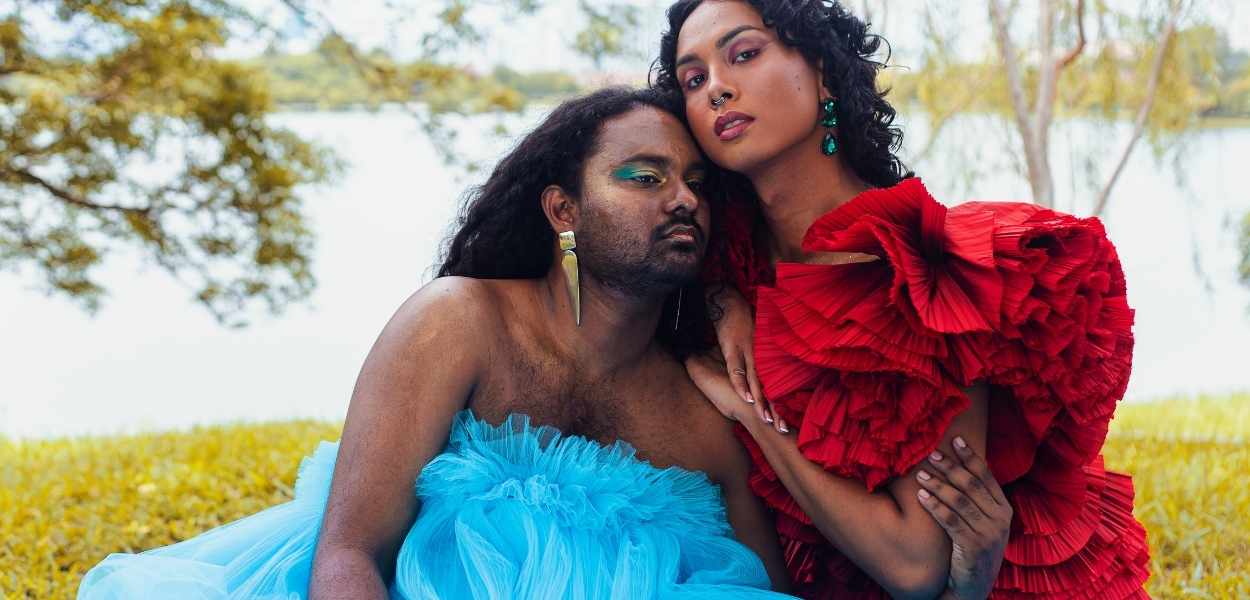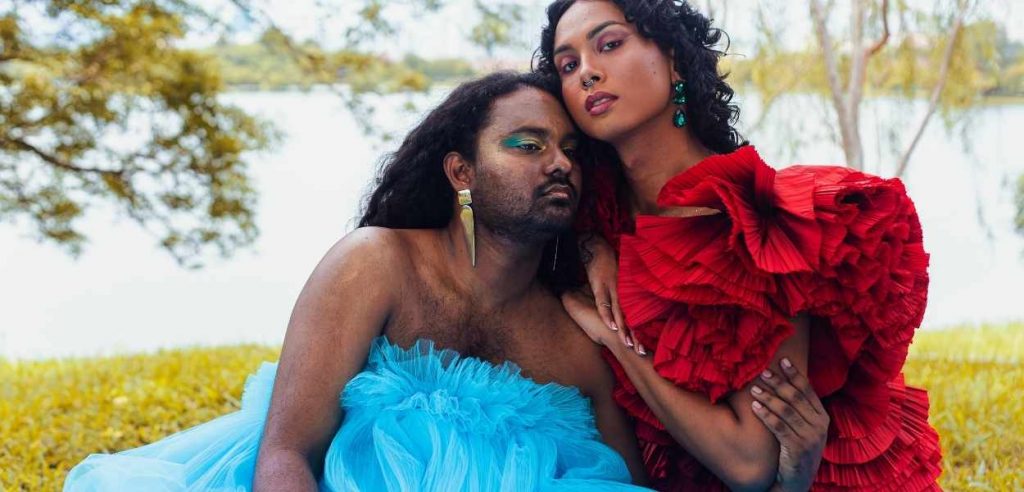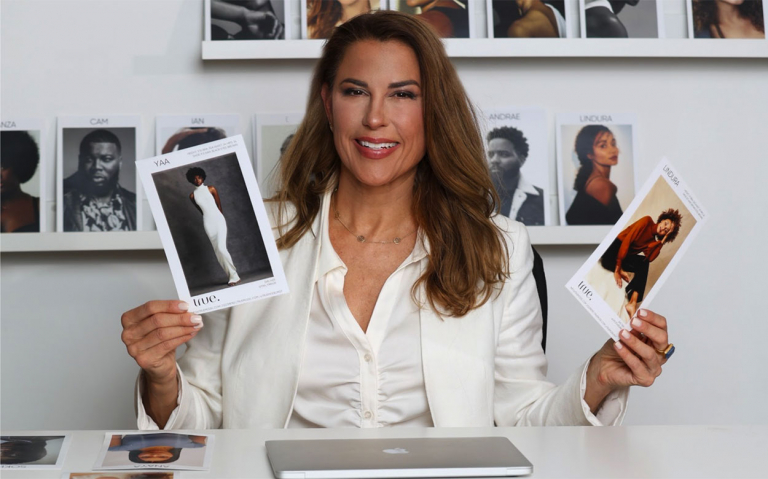Non-Binary Outfits is giving people the opportunity to express themselves honestly and truthfully. Find out more.
Outfits Top Trends
Everyone familiar with the fashion world knows that trends come and go, and sometimes, they come back again. High-waisted jeans are a great example of the revolving door of fashion. The same for slip dresses, skinny tees and Dr. Martens.
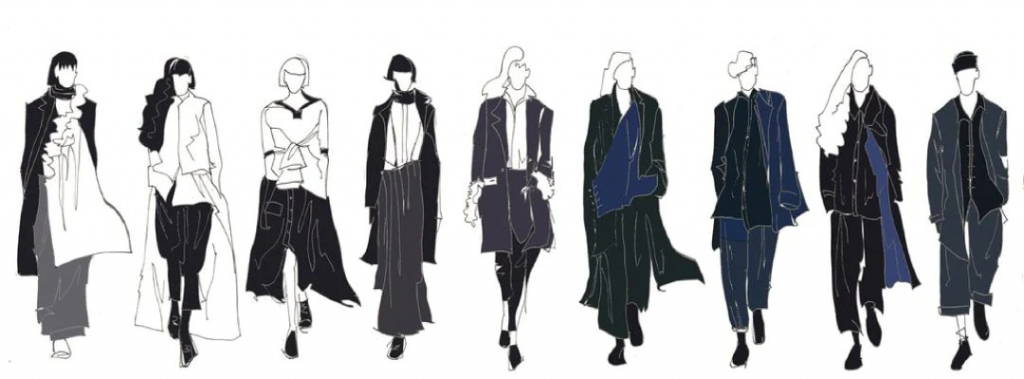
But nowadays, designers are finding that adhering to industry trends and standards is no longer the guarantor of success that it once was. Today, the world of fashion, and the world in general, are more open-minded than ever, and conformity isn’t the only option. From non-binary outfits to green fashion and thrifting, it’s now trendy to be different.
Here’s how the world is ditching conformity in fashion and making its own way forward.
Outfit and a Opportunity For Self-Expression
We all express who we are in different ways, whether this relates to our taste in music and movies, our politics and religious views, or our gender—or lack thereof. Today, more and more people are expressing their unique and individual natures through the realm of fashion. And an ever-increasing number of people are demonstrating that they don’t want to look like everyone else.
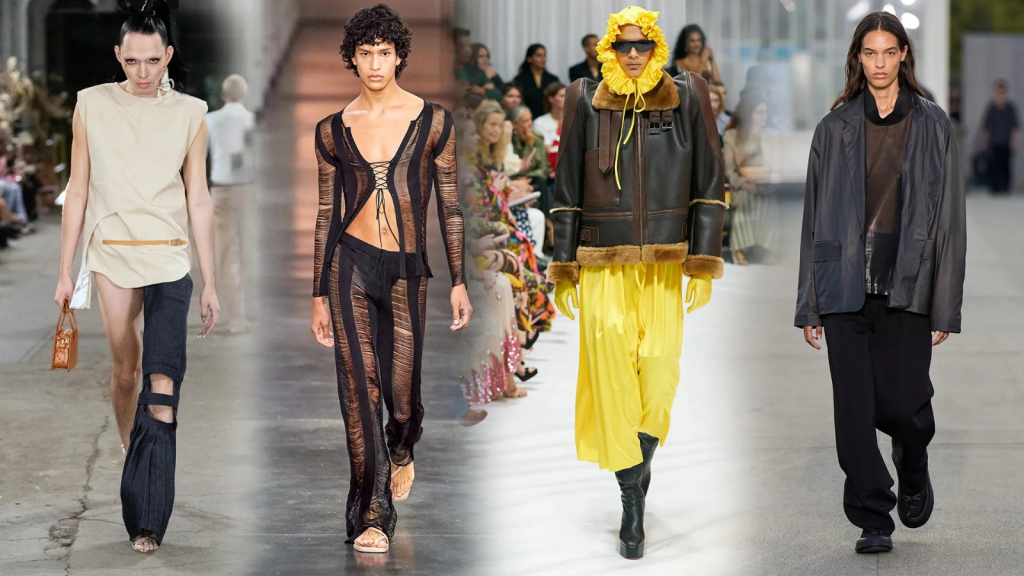
People are also choosing to reject the relentless drive for mindless consumerism. Instead of the desire to have the next new look, people all over the globe are opting for smaller, more effective wardrobes and ditching the fast fashion trend.
We can see this in the rise of movements like minimalism and sustainable fashion. Millennials and Gen-Zs are more likely to reject expensive branded clothing in favor of thrifting. The fact that thrifting has come so dramatically back into fashion in the last decade makes it clear that people are choosing to express their identities through what they wear.
Conformity is out and individual expression is in.
Non-Binary Outfits Lead The Way
The rise in genderless fashion has been swift. An ever-growing number of people are opting for non-binary outfits over those that clearly label them as a specific gender. The refusal to conform to one gender or the other in fashion may have been around for a while. Remember Calvin Klein’s androgynous ad campaigns and the launch of his CK One fragrance in the 90s? But it’s only now that it became a talking trend as the focus on fluidity increases.
Non-binary outfits release the wearer from the conforms of society and eradicate stereotypes, while encouraging that all-important self-expression. These outfits allow the wearer to showcase their personality and to show the world their true self in the most individualistic way.
Entire fashion ranges are now being created around the idea of non-binary outfits. Summig it up, this ensures that gender identity and the pronouns associated with it don’t get defined by the way you dress.
The Growth Of Less
As many of us find ourselves tightening our belts financially post-COVID, many people may be literally ditching belts, and other accessories too. Maximalism in fashion means gaudy and excessive, bright, and loud. For the definition of maximalism in fashion, look no further than the rocking 1980s, when everything was bigger and brighter. It sure makes a statement. But not always the right one.
Cleaner, unadorned looks in neutral tones like grays, beiges, olive green and navy blue are the colors you’re likely to find on the department store racks. These are more like the understated and subversive fashions of the 1990s. These kinds of looks are easier to mix and match since you’re less likely to clash colors. They’re also more budget-friendly as they don’t require accessories in every shade.
With a minimalist look, you can stand out from the crowd with understated glamor and elegance.
Green Fashion Is In Vogue
Research conducted by the Environmental Protection Agency suggests that roughly 85% of all textiles produced in the United States end up in landfills. This so-called ‘fast fashion’ phenomenon is one of the biggest contributors to the global climate emergency. Alongside the worst offenders of the agricultural, mining, transportation and power generation industries, the fashion industry is responsible for roughly 10% of annual greenhouse gas emissions, an estimated 1.2 billion tons of carbon dioxide, and 20% of annual wastewater.

Today’s young consumers have made green fashion more than just a catchy buzzword. They have eagerly embraced sustainable fashion. Sustainable fashion covers many processes, beyond obvious ones like fighting animal cruelty and protesting fur in high fashion, which have been high-profile causes for a long time. More than PETA adverts and protests, you’ll find that there are also sustainable clothing brands across the world.
By using materials with relatively low carbon footprints, such as hemp, bamboo and even mushrooms, these businesses can produce clothes with methods that don’t produce so much carbon dioxide or require so much water.
Then there are the businesses recycling existing clothes to produce new textiles. This market and its possibilities are continually growing. The more they do, the more our global carbon footprint will shrink. By rejecting traditional fabrics, the younger generations of shoppers are parting with centuries of tradition.
Thrifting Is The Future
It wouldn’t be entirely fair to give Macklemore and Ryan Lewis full credit for the renaissance of preloved clothes. After all, it was an established sub-culture decades before the duo released ‘Thrift Shop’ in 2012. Still, we must admit that they brought thrift shopping into the public spotlight like never before. Plus, they removed a lot of the stigma associated with buying preloved clothes.
Amongst Gen Z fashionistas, the attractiveness of thrifting has been made popular by the rise of newer social media platforms like Tumblr, Instagram, and TikTok in the last half-decade. Being Gen Z, they went ahead and made an app for that.
From the humble beginnings of eBay and later Craigslist, today’s bargain hunters and preloved clothing fashion fundis can find vintage gems, save money, and help the planet all at once. Wildly popular platforms like Depop and ThredUp also provide the ideal platform for buying and selling secondhand or homemade clothes and accessories.
Going hand-in-hand with thrifting is upcycling, and many people are buying secondhand clothes and updating them. Whether they’re turning them into non-binary outfits or unique one-of-a-kind statement pieces, upcycling is a great way to reuse old clothes.
Since the pandemic’s start, people have realized that they can take courses in just about everything, and anyone can learn new skills—including sewing. Not only does knowing how to sew make it easier to give a garment a new lease on life, but it also makes it 100% unique.
Exploding The Fashion Paradigm
Jada Holmes is a young designer who has taken TikTok by storm with her non-conformist fashion agenda, and she’s clearly a major role model. With more than half a million followers, she has captivated fashionistas worldwide with her ‘anything is a purse’ aesthetic.
One day she might be sporting an aquarium, complete with gravel and plastic fish. At another time, she might post about a repurposed Ruffles packet and color-coordinated ensemble, or a bowl of cereal (spoon and all) fixed in resin and sporting handles. Today’s young fashionistas throw out all the rules in the fashion playbook.
How To Ditch Fast Fashion
Another buzzword doing the rounds these days is ‘capsule wardrobe‘. What this means in practice is having a reduced set of clothes that all match and are interchangeable. By successfully investing in a few key high-quality and timeless statement pieces, and supplementing them with cheaper, secondhand short-term garments, shoes, or accessories, you’ll be maximizing your fashion efficiency. This way, everything in your closet will always be useful and you won’t pile up clothes that end up going to waste.
If there’s one major thread that runs through everything from non-binary outfits to embracing the more eco-friendly side of the clothing industry, it’s that non-conformity is now the biggest fashion trend to follow.
Learn about 5 signs that prove that fashion reflects social changes.
* Written by Megan Hudson
Editor’s Note: The opinions expressed here by Fashinnovation’s columnists are their own, not those of Fashinnovation.
